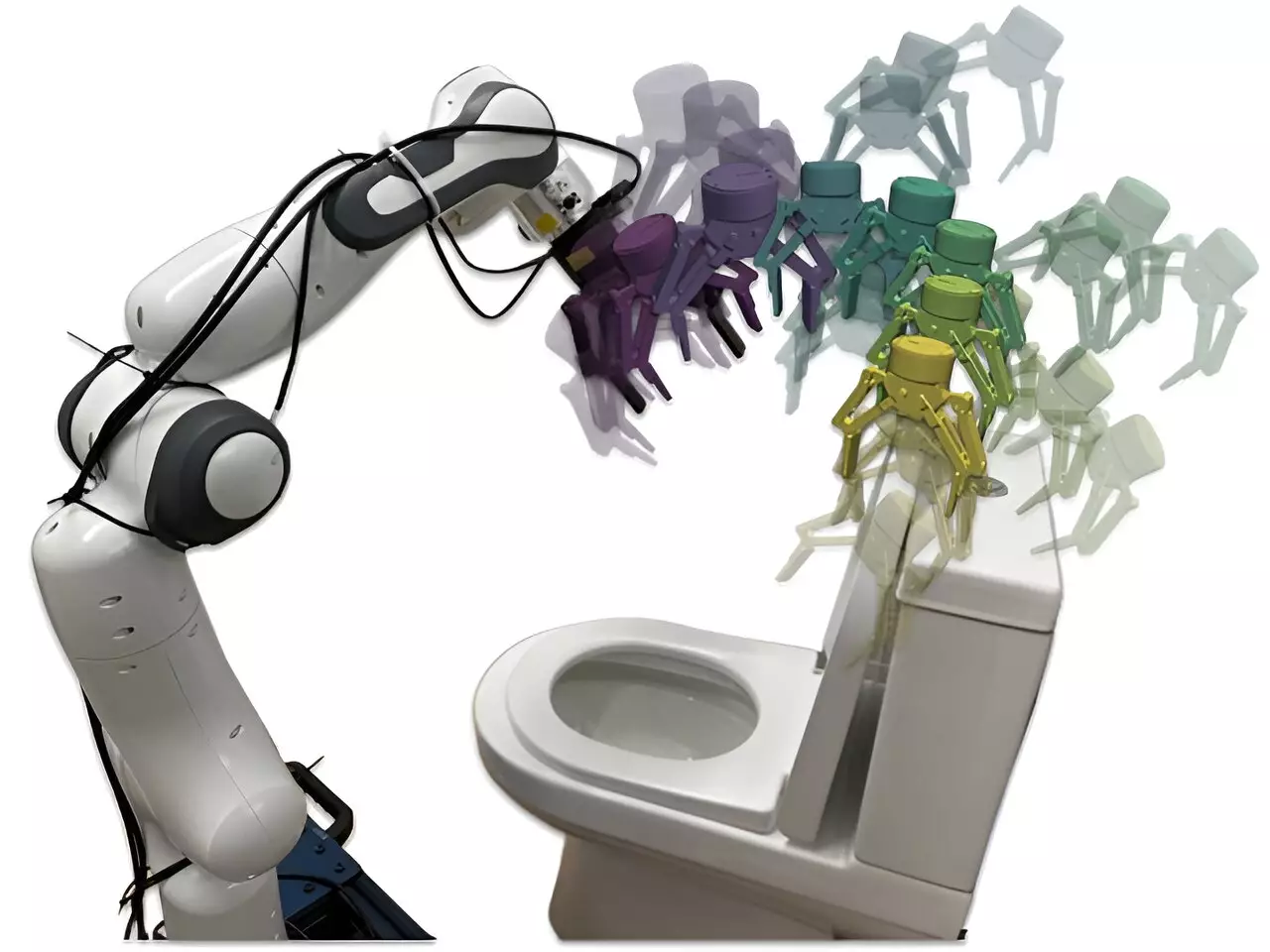The field of robotics has seen significant advancements in recent years, with roboticists introducing increasingly sophisticated systems that are capable of performing various tasks. However, one of the major challenges that researchers have faced is teaching these systems to successfully and reliably tackle new tasks. Mapping high-dimensional data, such as images collected by on-board RGB cameras, to goal-oriented robotic actions has proved to be a daunting task.
Researchers at Imperial College London and the Dyson Robot Learning Lab have recently introduced a groundbreaking method called Render and Diffuse (R&D). This method aims to unify low-level robot actions and RGB images using virtual 3D renders of a robotic system. The key goal of R&D is to facilitate the process of teaching robots new skills, ultimately reducing the vast amount of human demonstrations required by many existing approaches.
Vitalis Vosylius, a final year Ph.D. student at Imperial College London and the lead author of the paper introducing R&D, worked on the development of this method during an internship at Dyson Robot Learning. The project aimed to simplify the learning problem for robots, enabling them to more efficiently predict actions that will allow them to complete various tasks. Unlike most robotic systems, which rely on extensive calculations to determine actions, R&D allows robots to “imagine” their actions within the image using virtual renders of their own embodiment.
R&D consists of two main components. The first component involves using virtual renders of the robot to allow it to imagine its actions within the environment. These renders show the robot in the configuration it would end up in if it were to take certain actions. The second component of R&D involves a learned diffusion process that iteratively refines these imagined actions, ultimately providing the robot with a sequence of actions needed to complete the task.
By utilizing widely available 3D models of robots and rendering techniques, R&D simplifies the acquisition of new skills for robots while significantly reducing training data requirements. The researchers evaluated the method through simulations and real-world tasks, such as putting down the toilet seat, sweeping a cupboard, and opening a box, among others. The results showed improved generalization capabilities of robotic policies and highlighted the potential of R&D to reduce the amount of data required to train robots.
The introduction of R&D opens up exciting possibilities for future research in the field of robotics. The method developed by the team of researchers at Imperial College London and Dyson Robot Learning Lab could be further tested and applied to a wide range of tasks that robots could potentially tackle. Additionally, the promising results of R&D could inspire the development of similar approaches to simplify the training of algorithms for robotics applications. Combining this method with powerful image foundation models trained on massive internet data could lead to even more significant advancements in the field.
R&D represents a significant breakthrough in robotic learning, offering a more efficient and effective way to teach robots new skills. By combining virtual renders of the robot with a learned diffusion process, this method has the potential to revolutionize the way robots are trained and programmed. The implications of R&D are vast, and its future applications in robotics are promising.


Leave a Reply